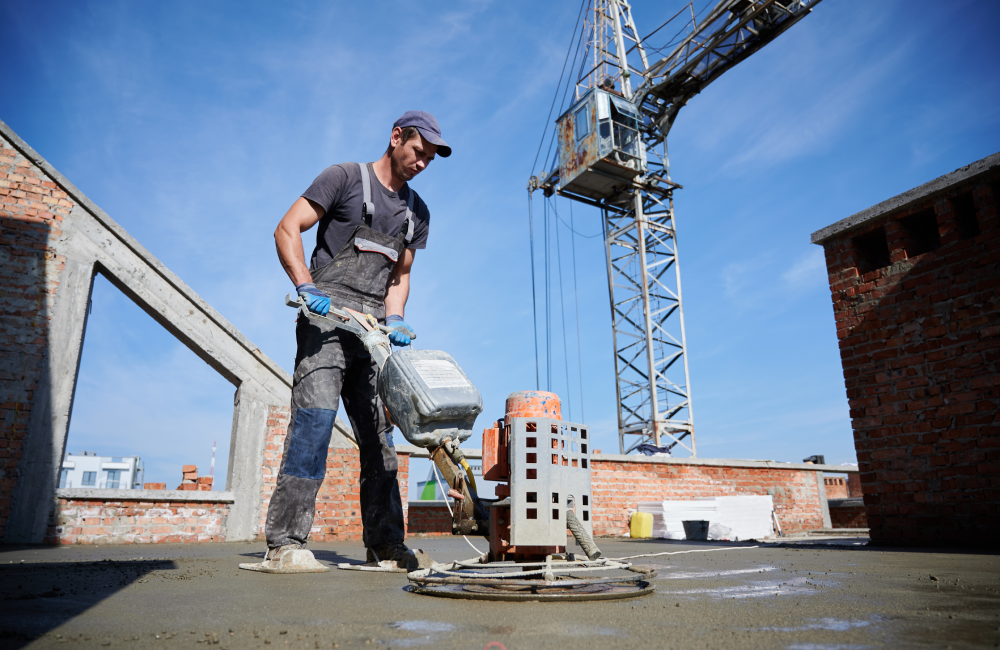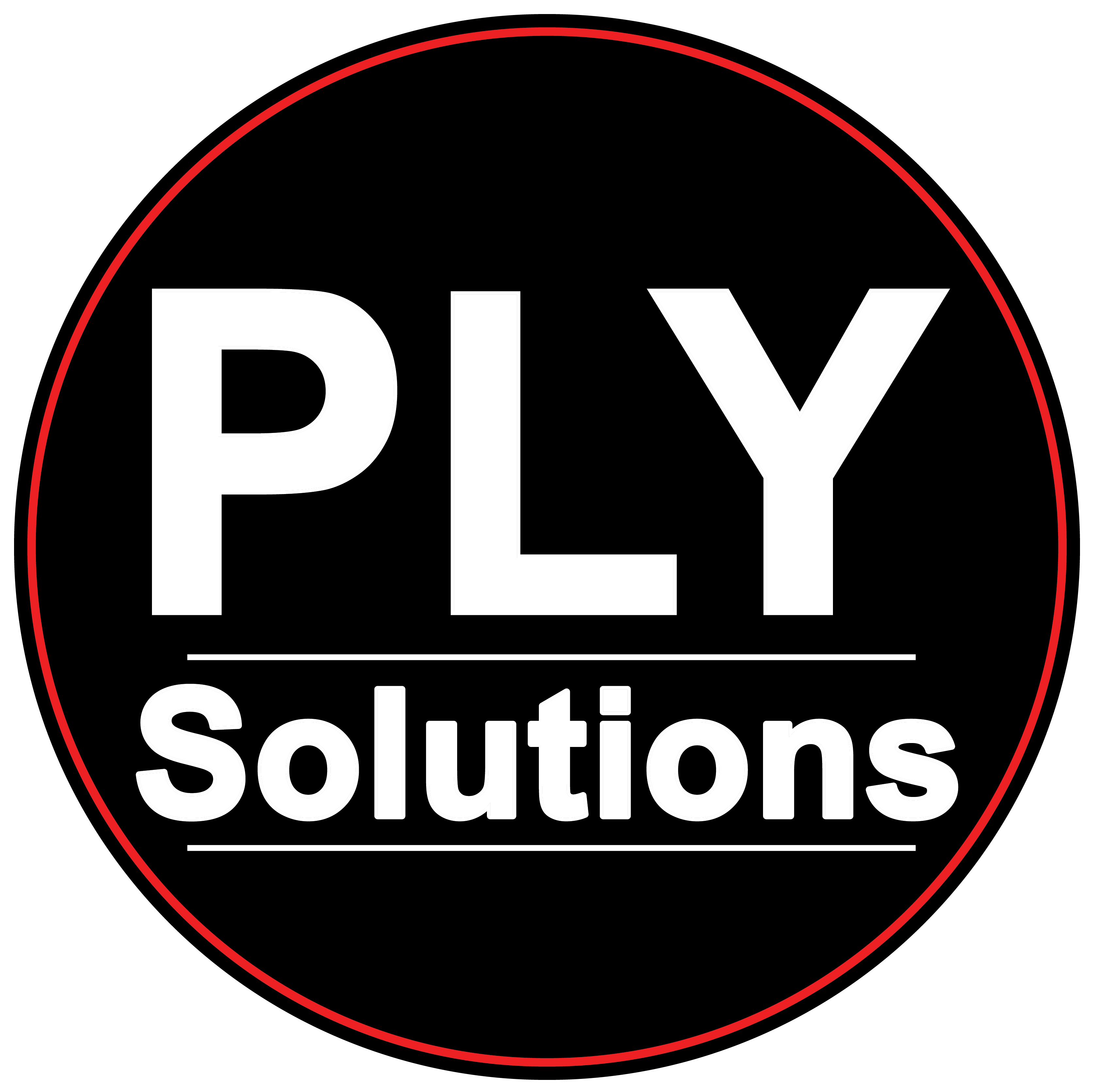The Power of Foam
Why Commercial Foam - Processes & Applications
Polyurethane foam is a versatile and effective material that has been increasingly used in various construction processes over traditional repair methods. There are several reasons why polyurethane foam has become a popular choice for construction and repair projects, including:
- Quick and Easy Installation: Polyurethane foam can be quickly and easily installed, often in just a few hours, which reduces the time and labor required for construction and repair work. Traditional repair methods, on the other hand, often involve more extensive labor and time-intensive work.
- Lightweight and Durable: Polyurethane foam is lightweight, yet extremely durable, which makes it an ideal material for a wide range of construction and repair applications. It is resistant to moisture, chemicals, and temperature fluctuations, which contributes to its durability.
- Strong Adhesion and Compatibility: Polyurethane foam is known for its strong adhesion to a variety of surfaces, making it an effective solution for sealing and filling gaps in walls, roofs, and other structures. It is also compatible with many different materials, including wood, concrete, metal, and plastic.
- High Insulation Properties: Polyurethane foam provides high insulation properties, making it an ideal material for insulating walls, roofs, and floors. This can result in significant energy savings over time, reducing heating and cooling costs for homes and buildings.
- Cost-Effective: Polyurethane foam is a cost-effective material, particularly when compared to traditional repair methods. It requires less labor and equipment, which can help to reduce overall project costs.
Polyurethane foam is a versatile, lightweight, durable, and cost-effective material that offers several advantages over traditional repair methods. Its quick and easy installation, strong adhesion and compatibility, high insulation properties, and cost-effectiveness make it an excellent choice for a wide range of construction and repair projects.
Proven Applications Across Numerous Industries












Four Key Processes
Polyurethane foam technology has been utilized by the construction industry since the 1950s. As a powerful alternative to traditional mudjacking methods, “polyurethane lifting” has become a popular solution for correcting uneven or sunken concrete surfaces.
But the innovation doesn’t stop there. In recent years, innovators within the foam industry have pushed the boundaries of this technology by exploring new compositions, components, and application methods. Today, the potential of polyurethane foam is being unlocked in hundreds of new applications within the Construction, Engineering, and Design industries.
To fully tap into the incredible power of this versatile material, there are four key processes that serve as the foundations for its application. By harnessing these processes, the possibilities for improving and enhancing construction projects are truly limitless. Get ready to discover the true potential of polyurethane foam!
Concrete Raising, Leveling & Stabilization
PLY’s method for concrete raising utilizes polyurethane foam to raise, fill voids, and stabilize the slab. This technique involves drilling a 5/8″ hole through the slab into the subgrade, followed by installing a tapered delivery port in the hole. The injection equipment is then connected to the port, and a dual-component liquid polyurethane material is injected through it.
Within seconds, the two-part liquid expands into foam under the slab, compressing any loose soils and lifting the concrete. This technique eliminates the need for extensive excavation and heavy equipment, making it a faster, more efficient, and less disruptive solution than traditional concrete raising methods. The use of polyurethane foam also results in a lightweight, durable, and long-lasting repair that can withstand a wide range of environmental and structural stresses.
The Process in 3 Simple Steps:



Deep Foamjection ™
Soil settlement can occur when the sub-grade fails to provide sufficient support for the ground or slab above. The primary function of the sub-grade is to evenly support the slabs by having enough bearing capacity.
Deep Foamjection™ is a technique that involves injecting a two-part polyurethane foam into the failed soils. The liquid foam is injected into the weak soils and then expands, pushing out and filling in any voids, fissures, or loose soils. As the foam expands, it follows the path of least resistance, similar to a tree root, and increases the density and strength of the soil. The expanded foam creates a solid, custom-fit volume that reinforces the weakened soils and provides long-lasting stability to the ground or slab above. This technique is a highly effective solution for soil stabilization that provides superior results compared to traditional methods.
Sample Results Achieved Deep Foamjection™:
| Soil Layer | Estimated At-Rest Pressure, P,(tsf) | Limit Pressure, P,(tsf) | Net Ultimate Bearing Pressire (psf) | Net Allowable Bearing Pressure (psf), [Factor of Safety = 3)] | Percent Change | |
|---|---|---|---|---|---|---|
| (CL) Fill | 0.07 | (Existing Fill in-Situ) (After Foam, 173 lbs) | 5.3 5.4 | 8,368 8,528 | 2,789 2,842 | 1.90% |
| (ML, CL/ML) Outwash | 1.31 | (Native in Situ) (After Foam, 496 lbs) | 9.6 10.7 | 13,264 15,024 | 4,421 5,008 | 13.30% |
| (SP-SM) Outwash | 1.75 | (Native in-Stu) (After Foam, 552 lbs) | 8.9 > 24.0 * | 11,440 > 35,600 | 3.813 > 11,866 | 211.00% |
* Complete Engineering Report Available upon Request
 Deep Foamjection™ Foam is the ideal foam of choice for sub-grade repair. This heavy-duty polyurethane foam is specifically designed for use in areas where water or moisture is present. It sets up and maintains its strength even in wet environments, making it perfect for use in foundations, warehouse footings, tracks, bridges, crossings, culverts, and anywhere where there is weak sub-base.
Deep Foamjection™ Foam is the ideal foam of choice for sub-grade repair. This heavy-duty polyurethane foam is specifically designed for use in areas where water or moisture is present. It sets up and maintains its strength even in wet environments, making it perfect for use in foundations, warehouse footings, tracks, bridges, crossings, culverts, and anywhere where there is weak sub-base.
One of the key advantages of Deep Foamjection™ Foam is its slower reaction time, which allows the material to spread further before curing. As the foam reacts, it follows vein fissures and voids, creating a custom-installed solution that makes the soil stronger. This technique provides superior results compared to traditional repair methods, as it effectively reinforces the weakened sub-grade and provides long-lasting stability to the ground or structure above.
Void Filling
Voids can form due to various reasons, including erosion, sinkholes, settlement from vibrations, or the abandonment of mines, tunnels, shafts, pipes, or tanks. These voids often cause a lack of support, resulting in settled slabs or structures. If left unaddressed, these voids can lead to hazardous conditions, liabilities, and even more catastrophic failures. Therefore, it is essential to take prompt action to identify and repair any voids in a timely manner.
Filling voids with a lightweight foam is a fast and cost-effective solution to other alternatives.
Common Applications:
- Mines & shafts
- Culverts
- Tunnels
- Tanks
- Wells
- Sink Holes
- Pipes
- Seawalls
- Crawl Spaces
- Foundation Backfill
Benefits Over Alternatives:
- Lighter
- More Cost Effective
- Faster Installation
- Flows Further
- Less transport expense/heavy equipment
- Less labor to install
- Will not crack-inert
- Not affected by water
- Multiple formulas available that can seal or permeate water

Soil Stabilizer
When it comes to stabilizing soils, the material is typically saturated into the ground through a point, which is then retracted once saturation is achieved. Additional material is then installed to create a solid column amidst loose soils. These columns of cured soil binder can offer support to a slab, much like legs on a table.
Soil binder is commonly installed in sandy or swampy environments where there is a high risk of soil instability. It can be used to offer additional support to slabs that have been lifted, or it can be installed prior to pouring a slab to prevent settlement. Another option is to spray the product on top of various types of material, such as sand, gravel, or topsoil.
Soil binder is an excellent option when loose soils need improvement but there is not enough room for the volume-expanding foams that are typically used in soil stabilization. It provides a more compact solution that reinforces the soil and provides greater stability to the ground or structure above.
Applications:
- Stabilize: Peat Moss, Loose Sands, Soil
- Support New Slabs, Foundations, Helical Piers
- Erosion Control: Sea Walls, Sand Bunkers, Retaining Walls, Rail Ways

By stabilizing the soil, the longevity and safety of concrete slabs and structures can be improved, while minimizing the need for future repairs. Addressing the root cause of soil instability through effective stabilization techniques is essential to maintaining the structural integrity of buildings and infrastructure for years to come.
Ready For Your Next Project?
Our team of Commercial Foam Specialist are available to provide support, review project details and recommend specific solutions. Let us know what your specific situation entails.
PLY Solution Product Lines
Recycled Line
Hydrofoam Line
Specialty Foams
Recent Articles
Why Should You Invest in Professional Concrete Raising Services?
Why is Void Filling Crucial for Maintaining Structural Integrity?
Why is Soil Stabilization Essential for Sustainable and Durable Infrastructure?

